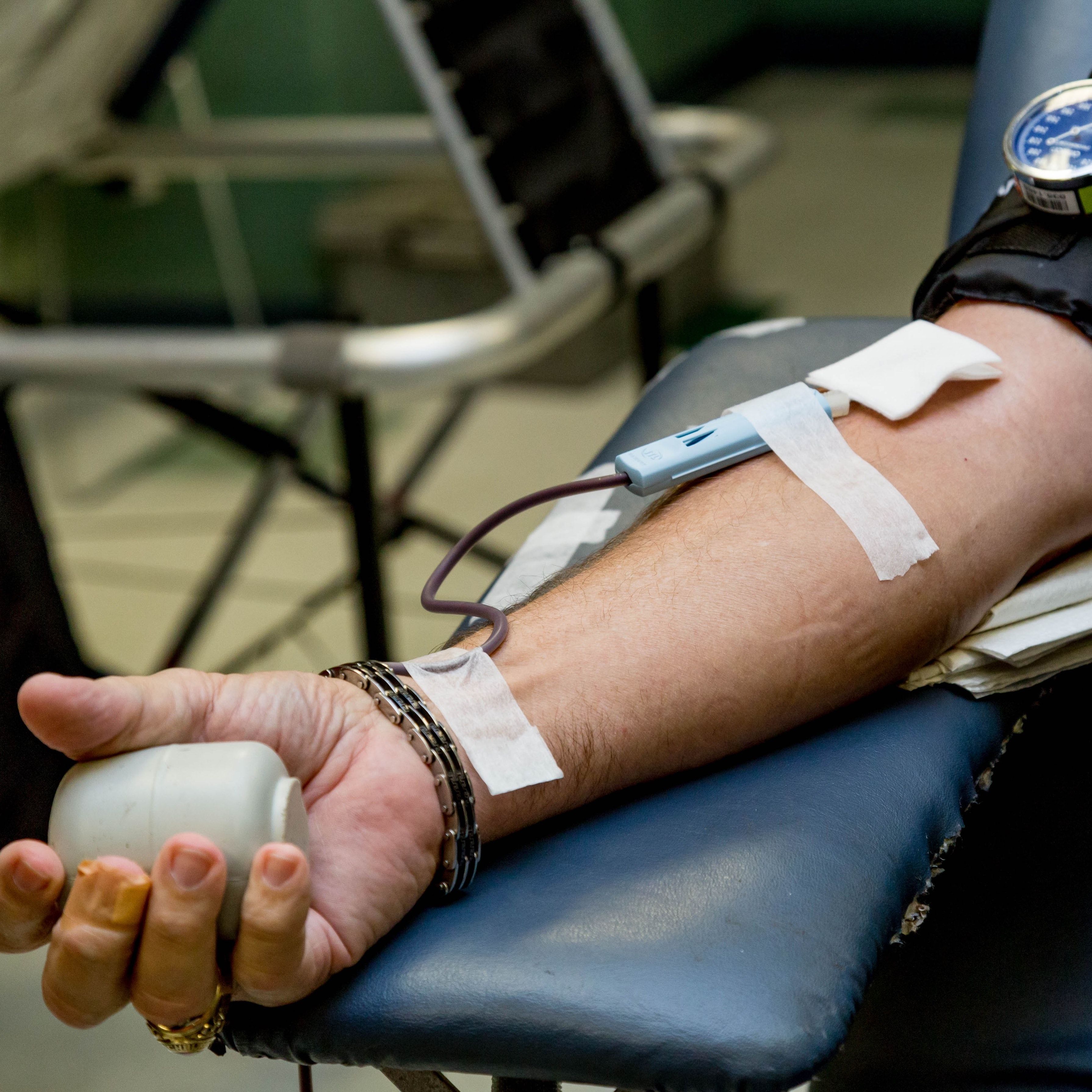Article
Circumcision Combats HIV, STI Rates
Author(s):
A review found that the voluntary procedure could greatly benefit areas affected by sexually transmitted disease-related deaths.

Male circumcision reduces HIV risks, as well as some sexually-transmitted infections from heterosexual exposure, according to a recent review study.
A systemic review of 60 publications found highly consistent evidence that male circumcision helps protect against herpes simplex virus type 2, chlamydia, syphilis, cervical dysplasia, and even cervical cancer.
Medium-consistency evidence indicated circumcision helped protect against human papillomavirus and its low-risk form, and a low consistency of evidence was found for circumcision being protective of HIV.
Consistency was gauged by a basis of agreement between publications, according to researchers, and required outcomes from at least 3 publications to be considered determinate.
Circumcision’s risk reduction for HIV in heterosexual exposure was shown in 3 randomized controlled trials, according to the review. After the consistency was noted, the World Health Organization (WHO) and Joint United Nations Programme on HIV/AIDS (UNAIDS) recommended voluntary circumcision as an intervention method for HIV prevention.
“To maximise the effect of voluntary medical male circumcision on HIV incidence, UNAIDS has set a target to circumcise 90% of men aged 15—29 years in priority countries in eastern and southern Africa by 2021, totalling 27 million additional voluntary medical male circumcisions,” researchers wrote.
The medical procedure would also be beneficial for women, first study author Jonathan Grund told Johns Hopkins University.
“Existing prenatal care services and cervical cancer screening programs already counsel women about staying healthy,” Grund, from the Center for Disease Control and Prevention’s Division of Global HIV & TB, said. “If that counseling includes encouraging male partners to get circumcised and referring interested men to these services, it can improve women's health programs and HIV prevention programs simultaneously.”
Circumcision’s benefits could even extend into infants, as some sexually transmitted infections can lead to stillbirth.
Almost 15 million males chose to become circumcised in the decade of 2007 to 2016, according to Johns Hopkins University. An improved rate of circumcisions would be particularly beneficial to residents of sub-Saharan Africa, according to the study, due to its prevalence of sexually transmitted disease-related deaths.
Two of the region’s top 20 cause of female deaths —AIDS related to tuberculosis and cervical cancer — would be lessened by the procedure.
“Such health outcomes should be considered in projections of the cost-effectiveness and impact of voluntary medical male circumcision,” researchers wrote.
The study has led to an exploration of the relation between women’s health and male circumcision, though researchers noted more voluntary procedures must be met before more can be confirmed. That said, it’s worthwhile.
“Possibilities for broader operational synergies between voluntary medical male circumcision and programmes directed at other women's health outcomes are worth exploring, to take further advantage of the potential of voluntary medical male circumcision to benefit both women and men,” researchers wrote.
The review, "Association between male circumcision and women's biomedical health outcomes: a systematic review," was published online in The Lancet.





